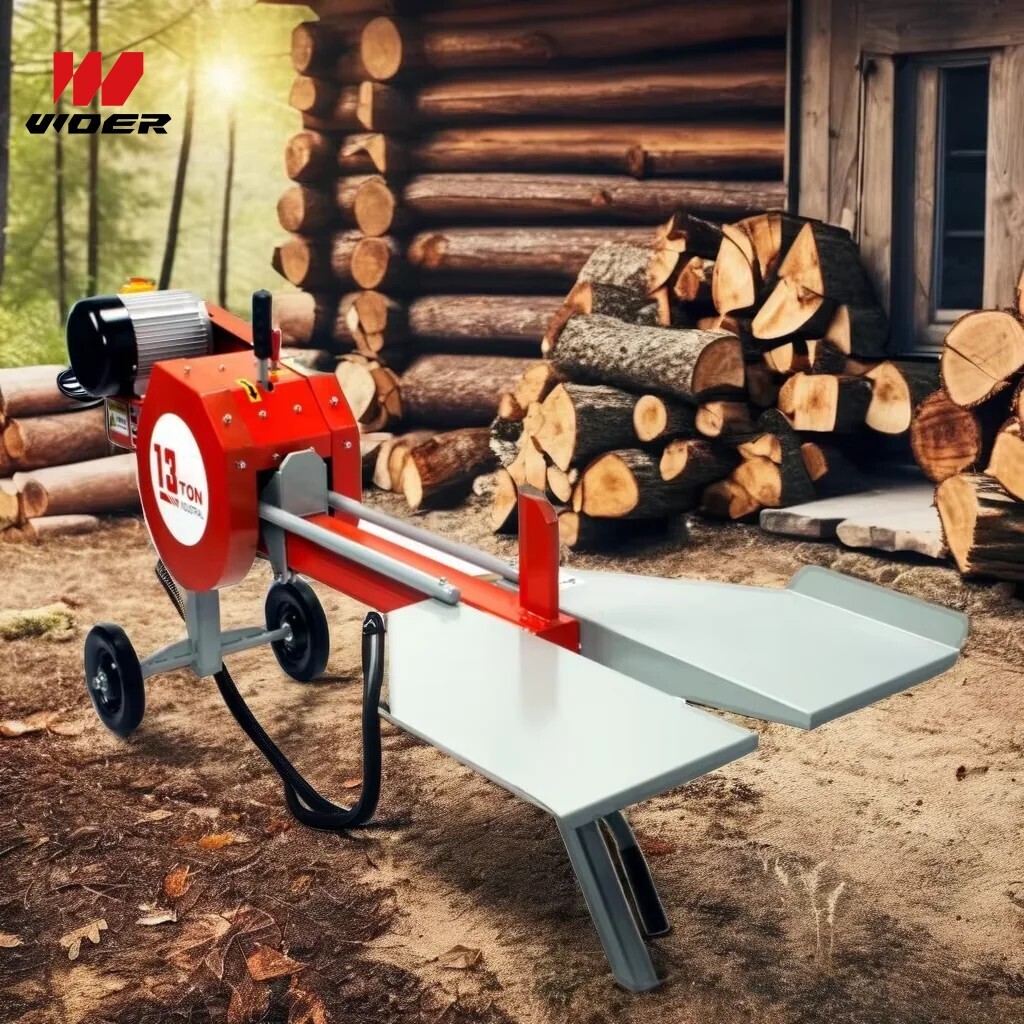Navigation
Contact us
Phone
Message

Market Demand & Future Outlook of Wood Splitters
1. Current and Forecasted Market Size
The global wood splitter (or log splitter) market has been expanding steadily. Estimates vary by source:
One projection places the 2023 global market at USD 2.5 billion, with expectations to grow to USD 4.8 billion by 2031 (CAGR ~8.5%)
Another analysis estimates the 2023 market at around USD 3.1 billion, anticipating growth to USD 5.6 billion by 2033 (CAGR ~6%)
Region-specific data: North America accounted for ~32.6% of the market in 2023, dominated by electric and gas-powered splitters
2. Key Growth Drivers
Growing demand for firewood and biomass energy: The rising cost of conventional energy and environmental consciousness are driving households and businesses to adopt wood-burning systems, boosting demand for splitters
Technological advancements: Improved hydraulic systems, user-friendly controls, quieter electric models, and smart safety features are expanding market appeal DIY, landscaping, and construction trends: Renewed interest in home improvement and outdoor living is increasing the use of personal and commercial wood splitters
Environmental regulations & sustainable practices: Governments are encouraging biomass heating and low-emission machinery, propelling demand for electric/hybrid splitters
3. Regional Insights
North America and Europe: Currently dominate the wood splitter market due to mature demand and higher adoption rates
Asia-Pacific: Projected to be the fastest-growing region, thanks to urbanization, infrastructure expansion, and expansion in biomass and furniture industries
Emerging markets (Latin America, MEA): Showing rising interest, especially in portable and affordable models suited for local applications
4. Product Segments & Market Trends
By power source:
Hydraulic splitters remain dominant in heavy-duty and industrial segments due to superior force and efficiency
Electric and battery-powered models are gaining rapid traction driven by environmental awareness and urban usage restrictions
By end-use application:
Residential: Largest segment, driven by home heating and DIY projects
Commercial/Industrial: Fastest-growing due to construction, landscaping, and biomass processing needs
5. Opportunities & Risk Factors
Opportunities:
Development of eco-friendly, smart, and automated wood splitters (e.g., IoT integration, remote controls)
Expansion into emerging markets: Tapping underserved regions via tailored models and local partnerships
Challenges:
High upfront costs, particularly for hydraulic or advanced electric models, can hinder adoption among smaller users
Supply chain volatility (e.g., raw material price fluctuations) and regulatory compliance (noise, emissions) may pressure manufacturers
Seasonal demand cycles and market fragmentation pose operational and marketing complexities

This stunning beach house property is a true oasis, nestled in a serene coastal community with direct access to the beach.
Contact
West Street, Melbourne Victoria 3000 Australia